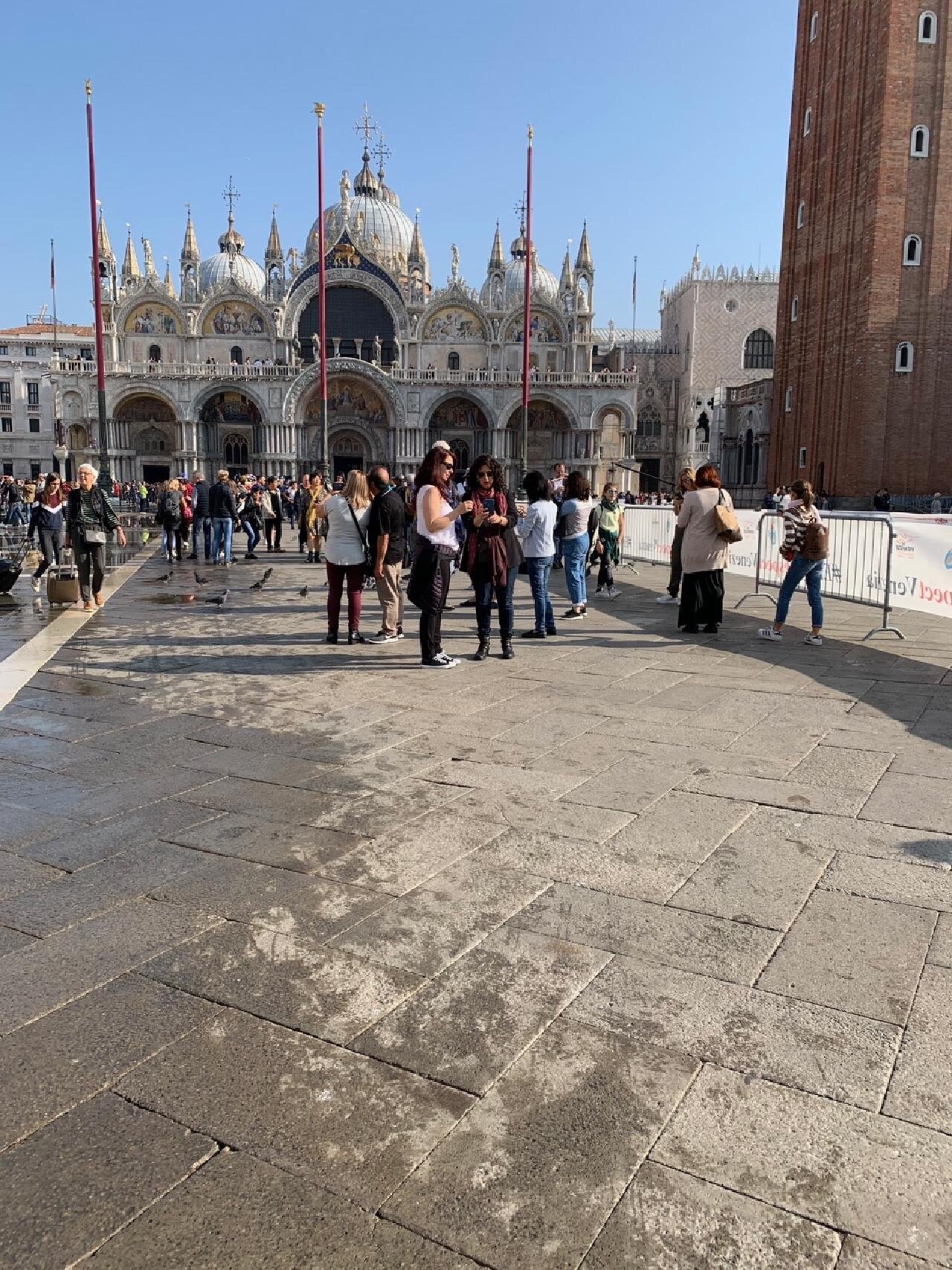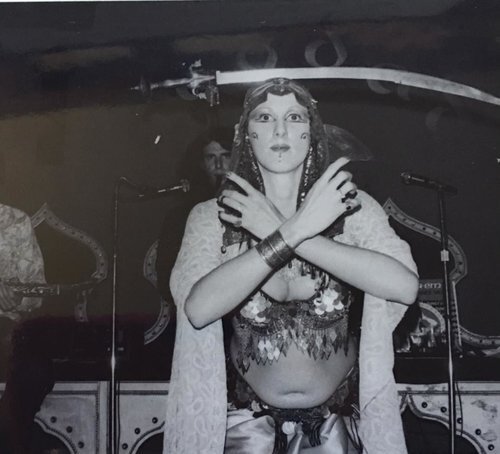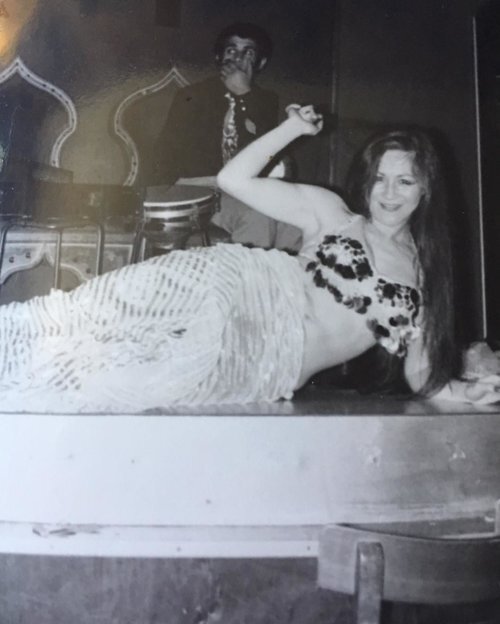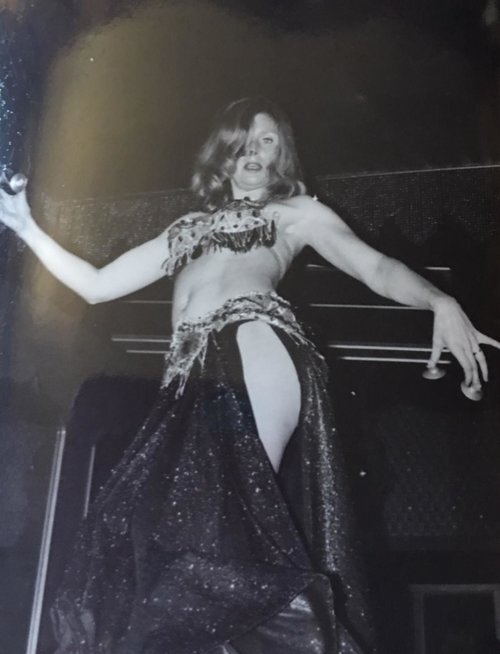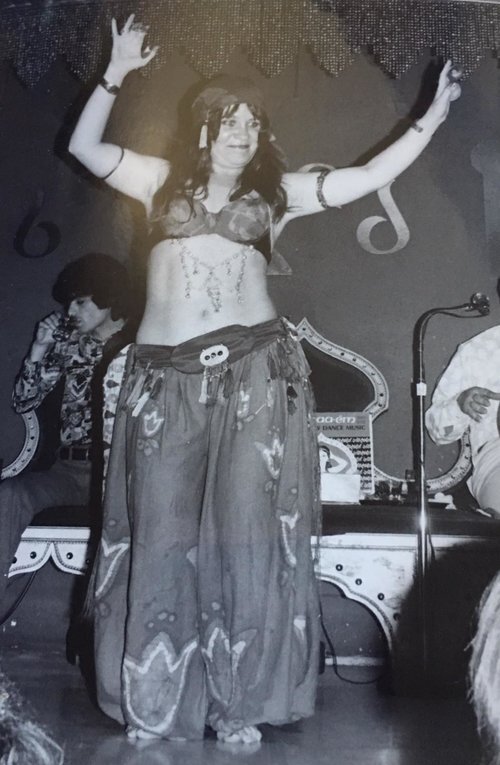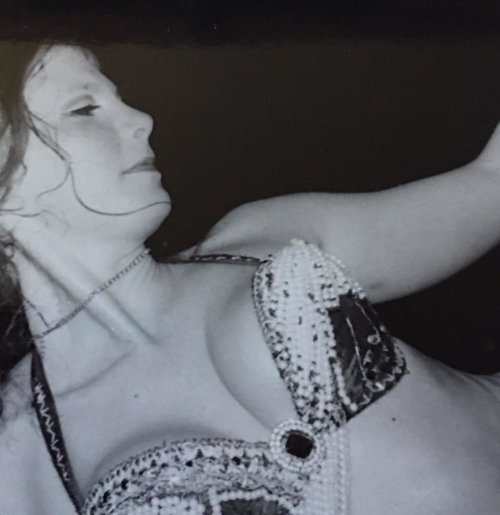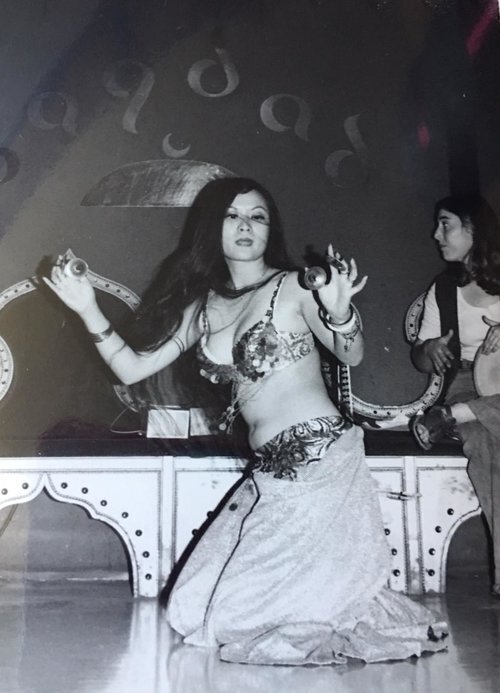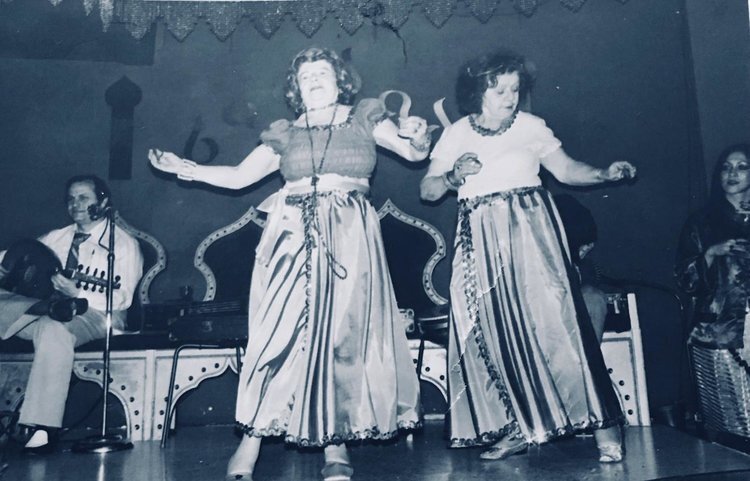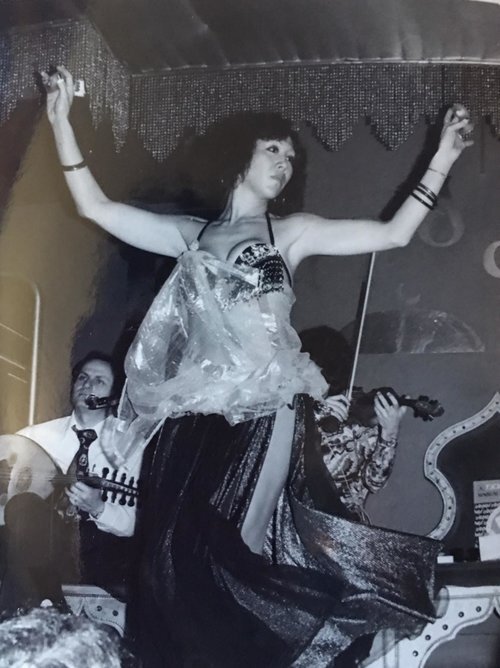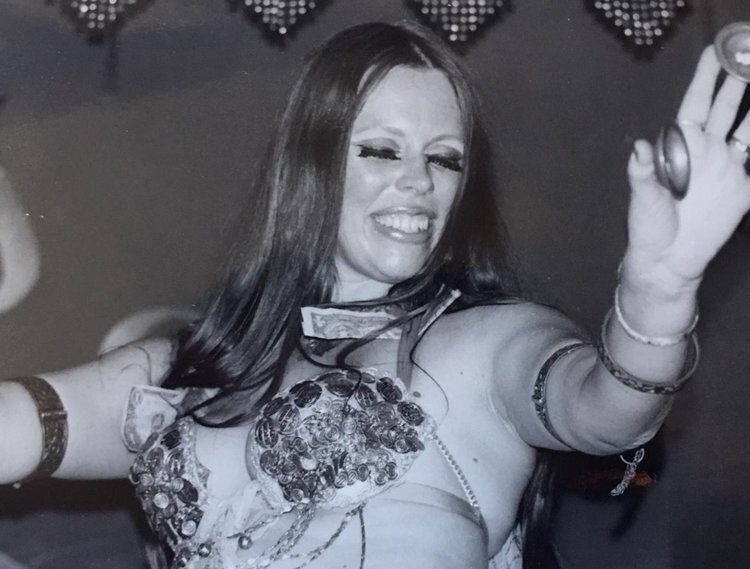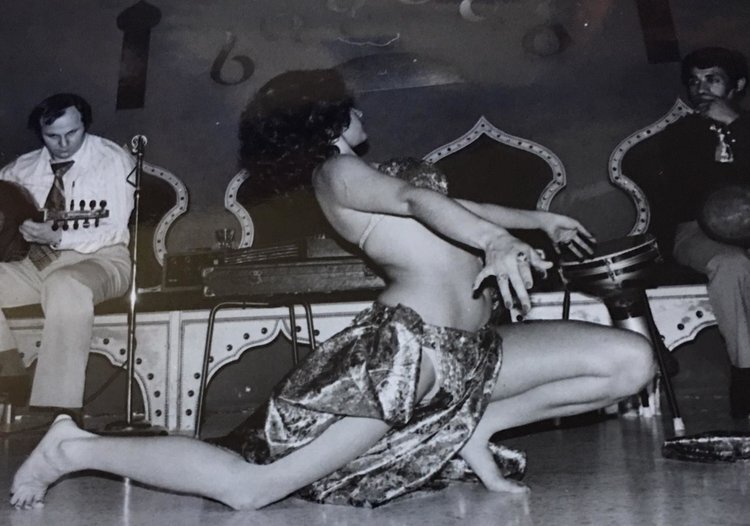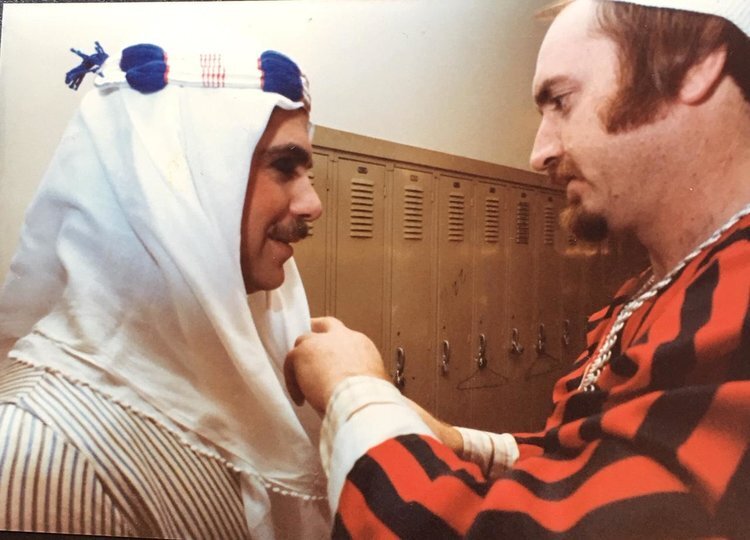This entry is posted as a remembrance of what used to be Before Covid. I was cleaning up my mailbox and deleting some draft emails and the below email popped up. It sort of made me sad. Now it seems almost hopeless that things will return to normal. At my age, especially, I know that this type of busy-ness can never be again. However we can’t give up. We just need to move on to other things. Just when it seemed that life was re-emerging - boom - omicron decided to join us. Back with the masks, back with wondering if we can ever feel free again. But - we need to stay safe and we need to adjust and make life work as best as we can. Are we really living in a virtual world now? And what is virtual? When I was growing up we used pencils and pens that we dipped in ink wells. We did arithmetic/math counting with beans and fingers. We listened to the radio around the dinner table with our family -It was a Dick and Jane world. Snail mail was the only way we could communicate to people away from home. There was a telephone but it was almost prohibitive to call the operator to make a long distance call. There was no TV. And there certainly was no computer or the internet. etc.etc. I often feel like I grew up in Jurassic Park and now I live in a Science Fiction sort of world. But - going back to my memories… Just a couple of years ago, life was GREAT and there were plans galore! Today it’s zoom this and zoom that and in person classes and events are on again/off again and everything seems uncertain. (at least where I live in San Francisco). It was kind of fun to see all that we had planned to do in 2020 and it will be challenging or near impossible to continue to keep up that pace in 2022. I am an optimistic person by nature so now I just gotta improvise and work with what we got. So - Check out my Moving Meditations page on this site. Check out the Dance and Drum classes pages on this site. Also, don’t forget to ask for a link to Happy Hour. As of this posting, we’ve done 70 Friday nights. I will start to post future dance, music and cultural events on a new page - Very soon, I hope. I will call it INSHALLAH!
Below is that email from January 2020. Please read and travel back in time with me. Just a few short two years ago life was different and somehow we will work on making life come back almost like before. Inshallah.
******
Dear Dancers, Drummers and Friends - See below my little newsletter for events.
First, here's hoping that you and yours are enjoying our lovely spring weather in good health and that you will continue to enjoy good health and great weather. Second, I don't usually post personal events, but...today is my mom's birthday and I guess I'll be singing to her real soon.She is 101 years old today and still looks forward to her mango shakes and midnight snacks. I guess I've got her genes - at least in the food department.
Now onto my obsessions and news of what's going on in March and April. Gregory, my partner, thinks I should advertise that I have the only school that is open and active 24/7. At least he sees it that way since if I'm not in the studio teaching, I'm there planning, dreaming, dancing, playing music, rehearsing by myself, with other dancers and other musicians, or just making a mess. Or maybe I'm listening to music or watching and studying video clips and Egyptian films with no subtitles trying to submerge myself in Arabic and trying to organize at the same time. Or maybe just hopelessly trying to find dance costumes and props in the black hole that adjoins the dance studio. It used to be my garage and used to house 2 cars. Now it's full of boxes and boxes of multiples of costumes, since many costumes are in multiples of 8 or more.
Well, he's right about the activity in the studio. See photo #1. It leads the way to the "office" and photo #2 is the door to the dance studio's office or workspace. Gregory thinks it's the kitchen, but the table and environs is really where I work most of the day, every day and many evenings too. Wanting to live to be 101 just like my mom, I need my mango shakes and midnight snacks. What better place to find the fountain of youth, but in the kitchen with my laptop, phone, books and papers and sound system. And in the adjoining room, that used to be called the dining room is the other sound system with turntable and cassette where I can copy records and cassettes and even CDS while I'm working in the "office." Maybe I'm not the only school that is open and active 24/7 but Gregory and Elizabeth Street thinks so. The door is always open or at least a text away. And, usually there is someone up and around.
January 1 started off in the air going to Egypt. Susu was going to record some drum tracks with Reda Henkesh for future albums to be produced by Yasmin Henkesh. I was accompanying her and also overseeing another project with Susu and Reda Henkesh drumming in a magence "Al Asmar" that was commissioned by my dear friend Jacques Al Asmar. We accomplished what we set out to do, but now there's lots of post production and etc. on Yasmin's end and Jacques and I will continue our project here in the U.S. with Susu adding a couple of drum solo tracks onto his magence. We hope both these sets of recordings will be completed and ready for you all sometime soon. For sure I'll keep you posted on this.
January 13 after spending 10 days in Egypt in the recording studio, visiting friends and doing some requisite tourist stuff, I was back in my favorite hang-out, my studio, teaching dance and drum class. The rest of January and February have been spent doing the above in my studio, teaching a workshop, Giza Club, Masrah Masriya, playing at Al Masri, Pachamama and El Valenciano AND planning more stuff..
And now it's March. It seems like Egypt was another century ago.
Besides my daily dance classes and Susu's Wednesday drum classes, there are lots of events happening in and around my studio. I hope that you will look at my web http://www.aswandancers.org/ and check it out. Please go to the menu and look up dance classes, drum classes, scroll for events, workshops, music and dance shows and giza club for details on the various events. Or maybe just pick a topic and get lost in my rabbit hole. There's lots there. Below is a list of happenings.
Al Masri - Sundays
March 1, April 5 Caravan Band with Younes http://www.aswandancers.org/new-events/2019/1/27/caravan-bandMarch 29, Karnak with Philip http://www.aswandancers.org/new-events/2019/4/17/giza-band April 26, Mena Band with Bouchaib http://www.aswandancers.org/new-events/2019/12/29/mena-band
All of the above also include Jelal, Susu and Amina
Pachamama - Fridays
March 13 and April 17 Georges Lammam Ensemble with Khader, Gabriel, Fernando, Susu and Amina.http://www.aswandancers.org/new-events/2019/1/11/georges-lammam-ensembleDahlena will perform on April 17
El Valenciano - ThursdaysMarch 19 and April 16 Cairo Cabaret with Parya and Georges Lammam Ensemble with Khader, Susu and Aminahttp://www.aswandancers.org/new-events/2019/7/18/cairo-cabaret
Masrah Masriya - FridaysMarch 27 and April 24 CD performances and music by Linda, Lylia, Kristina, Sherifa and Aminahttp://www.aswandancers.org/new-events/2020/1/31/el-masrah-masriya-at-aminas
Giza Club - SaturdaysMarch 7 film "Fatamtam" and April 4, 1-5 pm with Jim Grippo Jim Grippo of UCSB will speak about his experiences working with Shaabi musicians in Egypt. http://www.aswandancers.org/new-events/2020/4/4/jim-grippo-at-giza-club
Night on the Nile - Friday April 3, 5-9 pm
The Egyptian Student Association presents a night of Egyptian culture by The Aswan Dancers, Laura, Sultana Salem, Phaedra Darwish and Susu Pampanin. Dinner 6 pm Show at 6:45http://www.aswandancers.org/new-events/2020/4/3/night-on-the-nile.
Shaabi Craze and Saltanah Show - Saturday April 4, 7 pm at Al Masri This show will be part CD and part live music. You will be treated to The Aswan Dancers and other guest dancers with Shaabi music and dancing from the 1970's - 2020Jim Grippo with Georges Lammam Ensemble will play songs of Ahmed Adaweya to Om Kalthoum. This will be an unusual, memorable fun show. Plus audience participation.PLEASE RESERVE 415 876-2300 - Choose you shishkebab dinners.http://www.aswandancers.org/new-events/2020/4/4/the-shaabi-craze-and-saltanah
Shaabi Craze Workshop with Samrah and Amina - Sunday April 5, 1-5 pm Learn the history of Shaabi music and what's trending today. The songs we will use will be Ala rimsh ayounha and Ya Ghazel el Darb el Ahmar - You will get the history, the lyrics, the original and the trending versions and then you will learn 2 choreographies to perform later that evening at Al Masri if you wish.http://www.aswandancers.org/new-events/2020/4/5/shaabi-craze-workshop-with-samrah-and-amina
Dahlena Workshops - Saturday and Sunday April 18 - 19Her workshops will influence how you understand and perform your dance. http://www.aswandancers.org/new-events/2020/4/18/dahlena-workshops
Drum Solo Workshop with Amina and Susu - Wednesday April 29, 7-9:30 pmAlthough we've developed cues, drum compositions, drum solos and drum dances for others over the years working together as The Cairo Cats or just individually, we rarely teach joint drum solo classes. Take advantage of this.http://www.aswandancers.org/new-events/2020/5/29/dance-and-drum-solo-workshops
Thank you for reading this.






